HOW TO
Stay safe on the trails this Summer

We love the countryside – but pollen, ticks, sunburn, midges, errant livestock and rogue wildlife can all spoil our time in the fresh air. Here’s some essential advice to help you stay safe when nature attacks!
TICKS
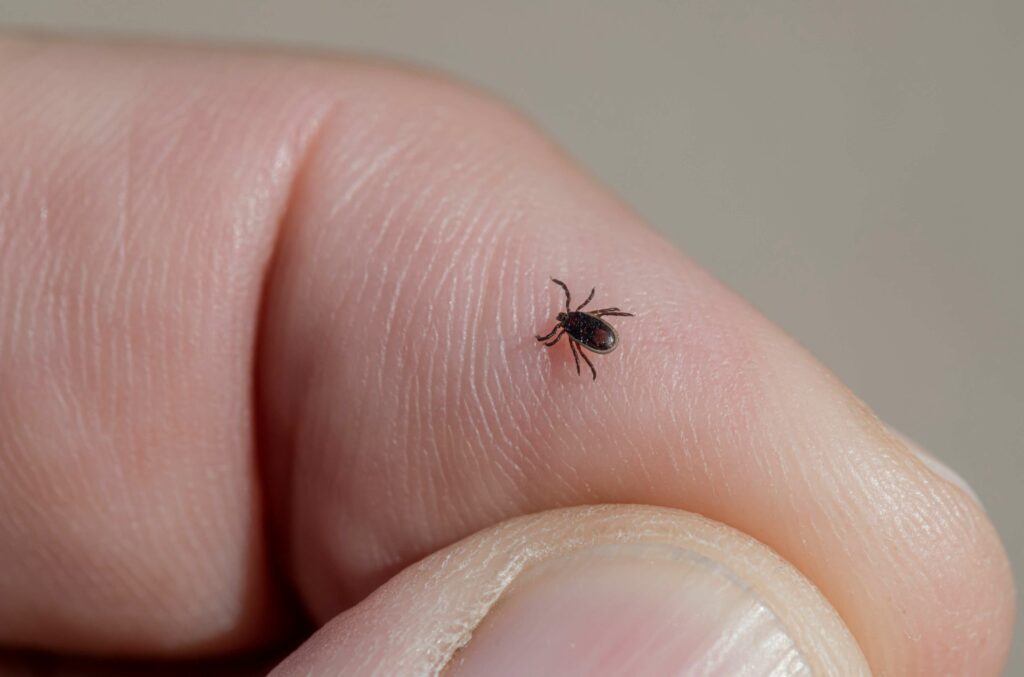
TINY MITES, BUT DANGEROUS
TICK-BORNE LYME disease has become a big issue in recent years, with the number of infections increasing. If not caught early, the effects can be severe, including nerve and heart damage, and, in extreme cases, death. Other symptoms include pain and swelling in the joints, memory problems and difficulty concentrating, and chronic pain or fatigue. It’s a particular issue for mountain bikers because we often brush through the long grass, thick undergrowth and tree foliage where the tiny, spider-like creatures live, making it easy for them to climb aboard. They’re found throughout the UK and in other parts of Europe and North America.
SPOT THE SIGNS
Only a small proportion of ticks carry the bacteria that cause Lyme disease, and you’re unlikely to become infected if the insect is attached to your skin for less than 24 hours. However, their small size means you may not even notice you’ve been bitten. Telltale signs include a red rash, which looks like a bull’s eye on a dart board, and flu-like symptoms such as fatigue, muscle/joint pain, headaches, fever, chills and a stiff neck. Look out for these, and speak to a GP if you start to feel unwell.
WHAT TO DO
Follow these tips from Lyme Disease UK to avoid getting infected
• Apply a repellent before riding
• Wear a long-sleeve top and trousers, ideally in light colours, so you can see ticks more easily
• Try to stick to established paths. Take extra care in long grass, leaf litter and wooded areas
• Check yourself regularly and brush off any unattached ticks you spot
• Have a shower when you get home and check your body thoroughly
• Carefully remove any attached ticks, using a tick removal tool or fine-pointed tweezers. Pull straight up, without twisting, jerking or squeezing
• If bitten, wash your clothes at a high temperature and/or tumble dry on a high heat
RIDER REPORT: OLLIE BLACKMORE
Bristol-based Olly caught Lyme disease last year and wants to save others from the same ordeal
“I ride up in the Mendip Hills, which are full of ticks from wild deer. Last August, I discovered a tiny tick on my calf, and carefully removed it with a tick remover. I wasn’t concerned – I find a couple each season, and if you remove them within 24 hours, all is generally OK. However, this one must have been on me for a while, as I developed the characteristic ‘bull’s eye’ rash, plus pain in my wrists and ankles.
“I went to my GP, who confirmed I had Lyme disease and put me on a massive course of antibiotics. Thankfully, it was diagnosed early enough that I avoided any chronic or severe complications. However, the arthralgia (joint pain) got so bad that I couldn’t ride, and I limped when I walked. Fortunately, I made a full recovery within eight months.
“It’s really important that folk check for ticks and know how to remove them. I’d highly recommend checking out the expert advice on sites such as Lyme Disease Action and Lyme Disease UK.”
SUNBURN
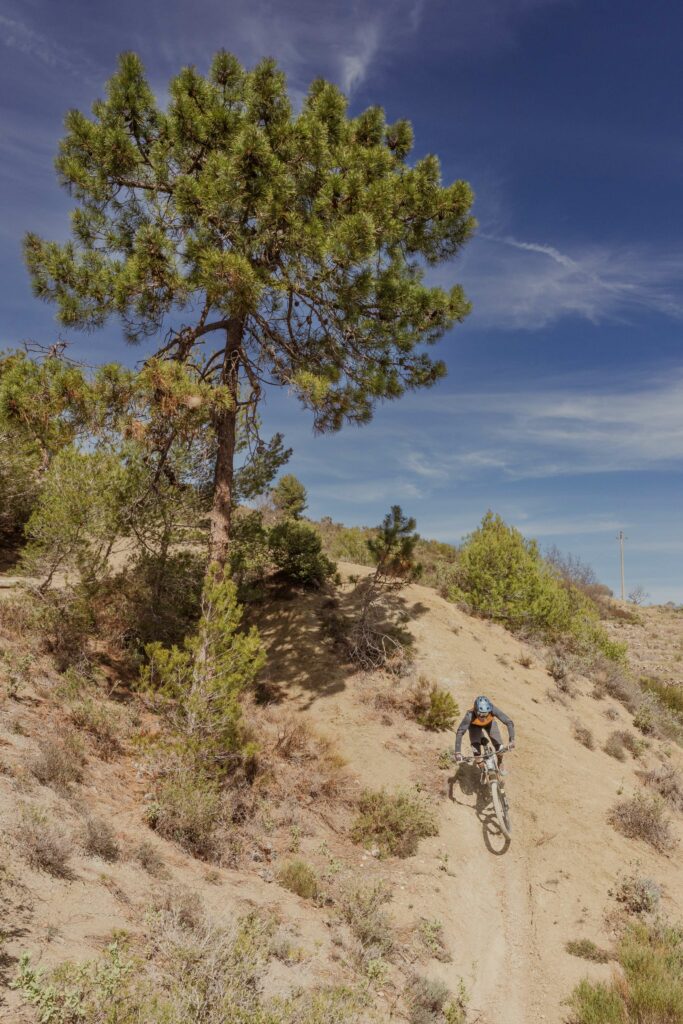
(VISIBLE) RAYS NOT REQUIRED
On hot days, it’s easy to remember to slather on some sun cream, but UVA rays – the aging and skin cancer-causing ones – are as strong in December as in June, and, along with UVB rays – the ones that burn us – can bounce off puddles and other wet surfaces even when it’s overcast. If you spend a lot of time outdoors, it’s a good idea to apply an SPF 30 moisturiser every day. Check the UV index using a weather app on your phone, and if it’s three or higher, make sure to use sun cream (SPF 30 or above, reapplying every two hours, ensuring it’s not old or expired). Consider covering exposed skin with clothing, too. Above level eight, spend as much time as possible in the shade and away from water and other reflective surfaces, especially between 11am and 3pm. Make sure to stay hydrated, too.
MIDGES
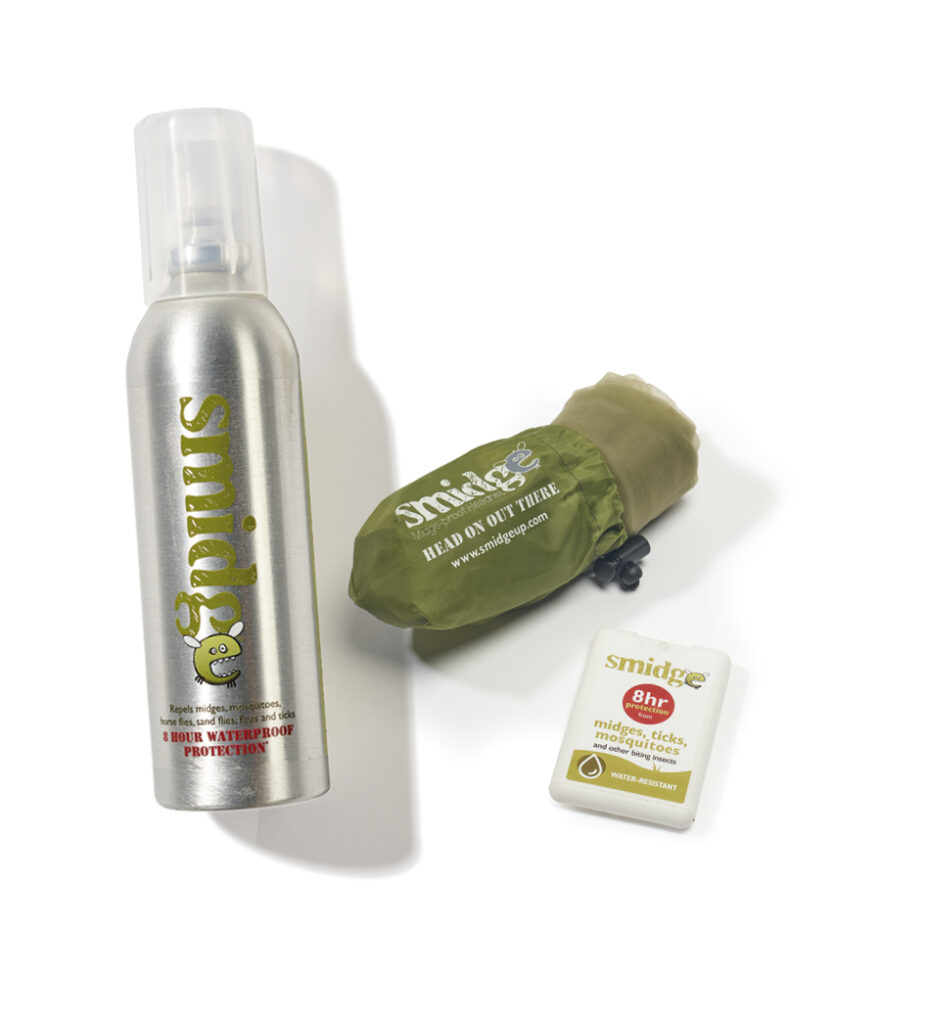
THE SCOURGE OF THE HIGHLANDS!
Small biting insects may not sound like a big deal, but anyone who’s been swarmed by these little blighters will know how annoying they can be. Being attacked by them is distracting and irritating, and so is the itching the next day. They’re particularly prevalent in the Highlands and islands of Scotland, but found around the world. Although unlikely to bother you while riding (as they’re unable to fly faster than 7mph), they’re a menace when stopped for a break, camping or hanging around outdoors.
AVOIDING MIDGE BITES
(many of these tips work for mosquitoes, ticks and horseflies, as well)
• Stock up on insect repellent. Some swear by Smidge, others recommend Avon Skin So Soft and we’ve had success with Jungle Formula DEET spray. According to Cycling UK, peppermint, lavender, eucalyptus and citronella oils are all offputting to midges, too.
• Wear a long-sleeve jersey and trousers, and keep your socks pulled up high for added protection.
• Pack a neck tube and midge net, which take up virtually no space, but will protect you when you’re having a breather or setting up camp (or spectating at the Fort William World Cup!).
• Time your rides carefully. Midges are most active at dawn and dusk, in damp conditions and when there’s no wind. So, pray for a sunny, breezy day and head out in the late morning or early afternoon. In Scotland, check the midge forecast at www.smidgeup.com/midge-forecast.
• Avoid hanging around bodies of water (except at the coast, where wind tends to be higher), boggy areas or dank forests.
• If all else fails, just keep moving!
LIVESTOCK
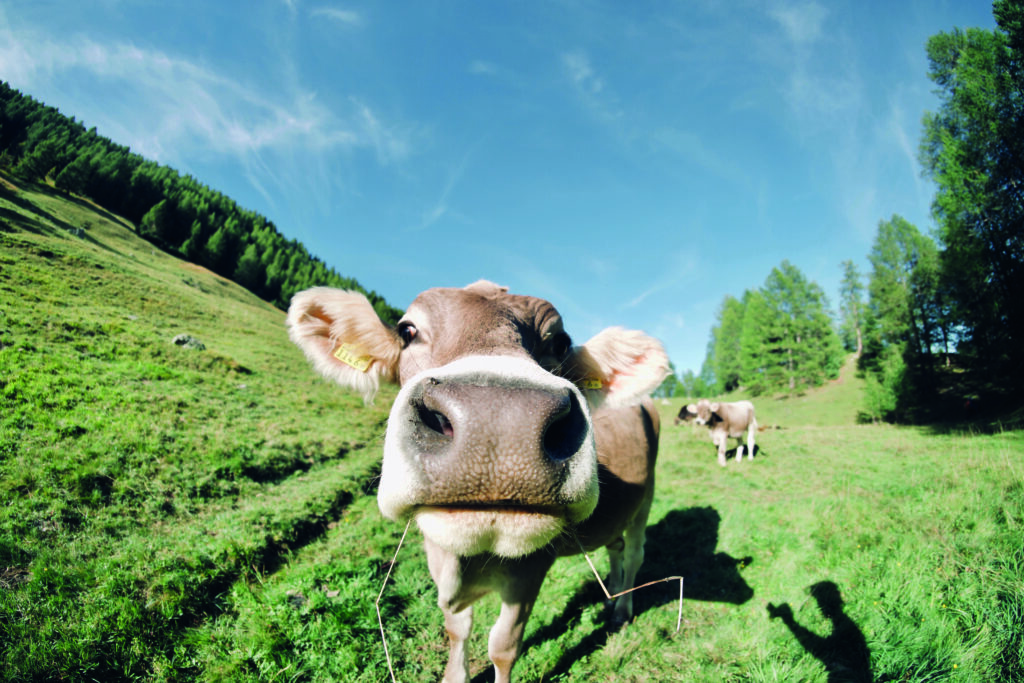
NOT FIERCE, BUT FLIGHTY
In many areas of the world, trails pass through fields or pastures that are home to cows, sheep, goats, horses and other farm animals. Most of these pose no danger, but it’s still important to avoid startling them or otherwise interfering with them. For example, if surprised, horses may kick out with their hind legs, which deliver a powerful blow that can shatter bones. Cattle, meanwhile, have a docile reputation, but can become spooked and trample or crush anyone in their path. They’re responsible for around five (human) deaths per year in the UK alone, so make sure to give them space – especially bulls or cows that have calves with them. Pass them quickly and quietly, watching out for any change of mood. If they turn sideways while looking at you, lower their head, round their shoulders or paw the ground, calmly head for the nearest safe exit. Don’t speed up – that’ll only encourage them to chase you. Should this happen, use sudden changes of direction to slow them down.
POLLEN
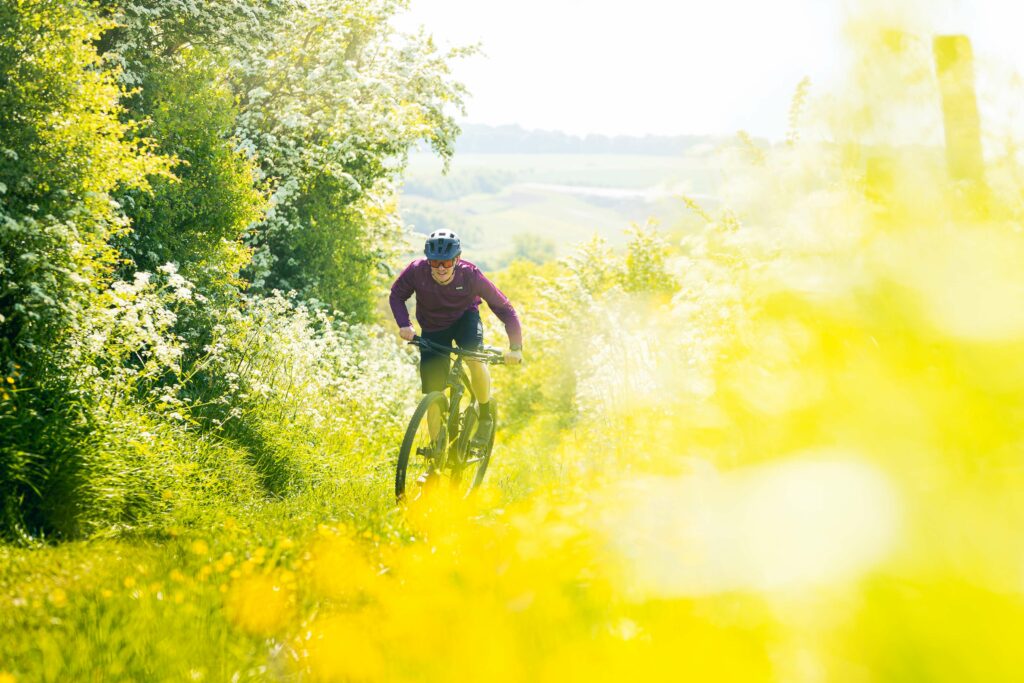
A PROBLEM NOT TO BE SNIFFED AT
When grass-pollen release peaks in June and July, it can ruin your rides if you’re a hay fever sufferer. Your immune system overreacts, causing your body to create too many histamines. Usually, these chemicals keep us alert, attentive and awake. But in excess, they can cause sneezing, a runny nose, nasal congestion, itchy, watery, streaming or swollen eyes, and an itchy nose and throat, all of which make it difficult to enjoy your time on the trails.
HAY FEVER ‘HACKS’
• Wear riding glasses or goggles to help stop pollen getting in your eyes.
• Apply a drug-free allergen barrier balm – such as HayMax – around your nostrils and eyes to trap pollen before it’s breathed or blinked in.
• Wash after riding to remove pollen from your body and hair.
• Rinse your kit in between rides, making sure to dry it indoors
• Keep bike shoes by the door so you don’t bring pollen in with you.
• Avoid alcohol and chocolate (contain histamine), and dairy drinks (produce mucus). Drink ginger and green tea (natural antihistamines), or peppermint tea (reduces congestion), and eat red onions, kale, cherry tomatoes, broccoli, blueberries and apples (contain natural antihistamine).
• Check the pollen-count forecast and avoid riding at times when it reaches ‘medium’ or above, especially if the weather is hot and sunny, or there are hay meadows nearby.
• Ride in the middle of the day, as pollen levels tend to be higher in the early morning and early evening.
WILDLIFE
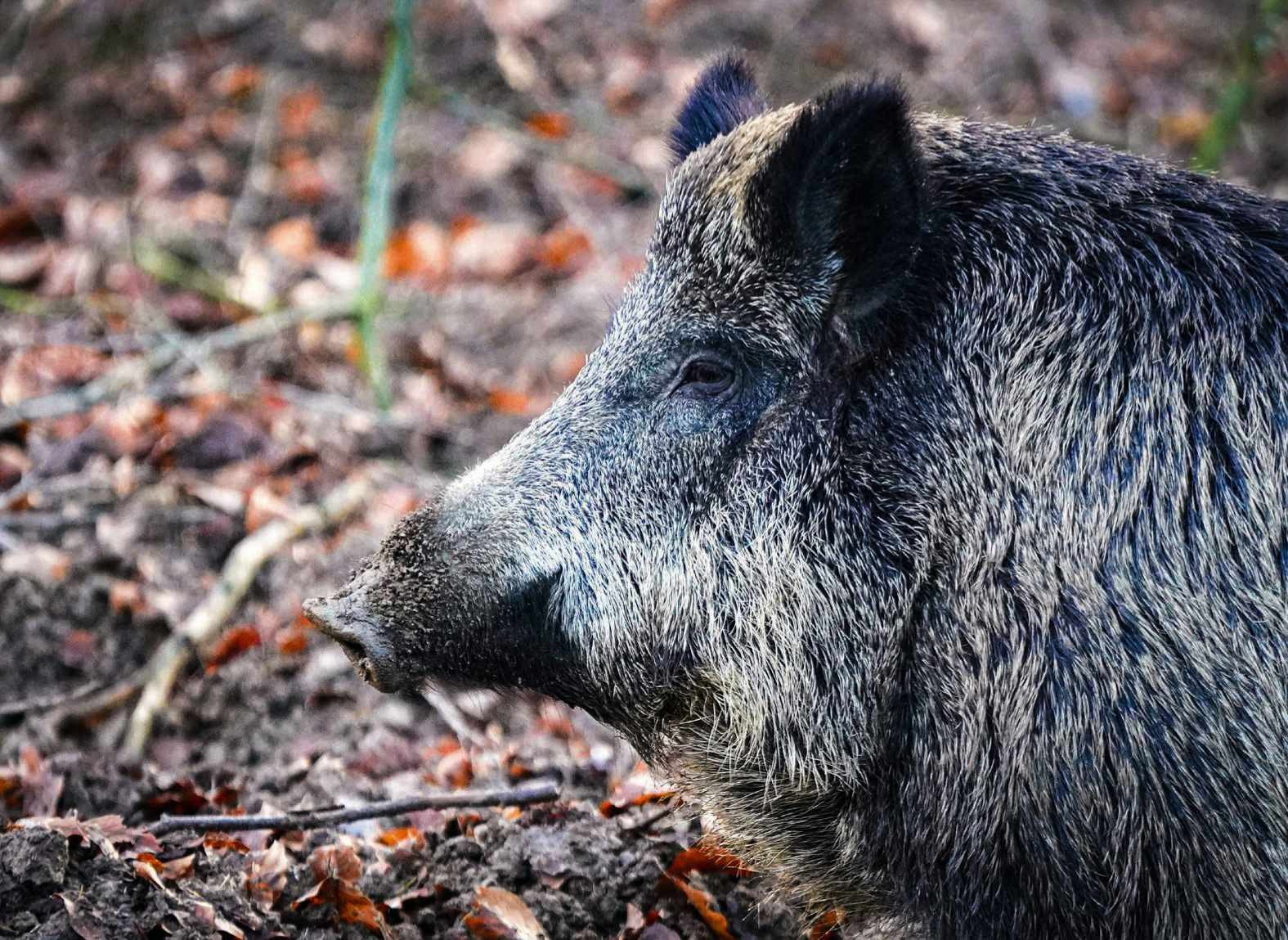
In Britain, there’s not much to worry about in terms of wildlife, beyond the occasional adder (venomous snake) basking on the trail or, at our local riding spot, the Forest of Dean, small groups of wild boar, known to attack dogs. Elsewhere in the world, though, you may come across fiercer creatures, which pose more of a threat.
BOAR
These bristly-haired wild pigs are native to much of Europe, and also found in the Americas and Oceania. They’re strong, can run fast and the males can be large, but they aren’t generally dangerous, unless cornered. Give them space, and either take a different route or remain still until they pass.
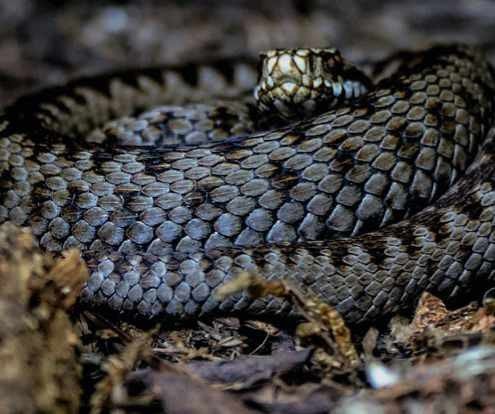
SNAKES
Snakes will generally be more scared of you than you are of them. They usually avoid people, but may not equate the rumbing of tyres with human presence. Where possible, detour around them. If you need to move them off the trail, stand at a distance and stomp your foot or slam your front wheel against the ground. Alternatively, squirt water or throw dirt or stones near them. As a last resort, lift them with a (long!) stick. If bitten, seek immediate medical help.

MOUNTAIN LIONS
Native to the Americas, and also known as cougars, pumas or panthers, you’re most likely to come across these large cats when riding in the western states of the US. While attacks on humans are rare, they can be deadly. In general, you can follow the same tips as for bears (see right). However, there’s one importance difference – if a cougar attacks, you mustn’t play dead, but instead fight back with everything you have. Also, yelling can be an effective deterrent.
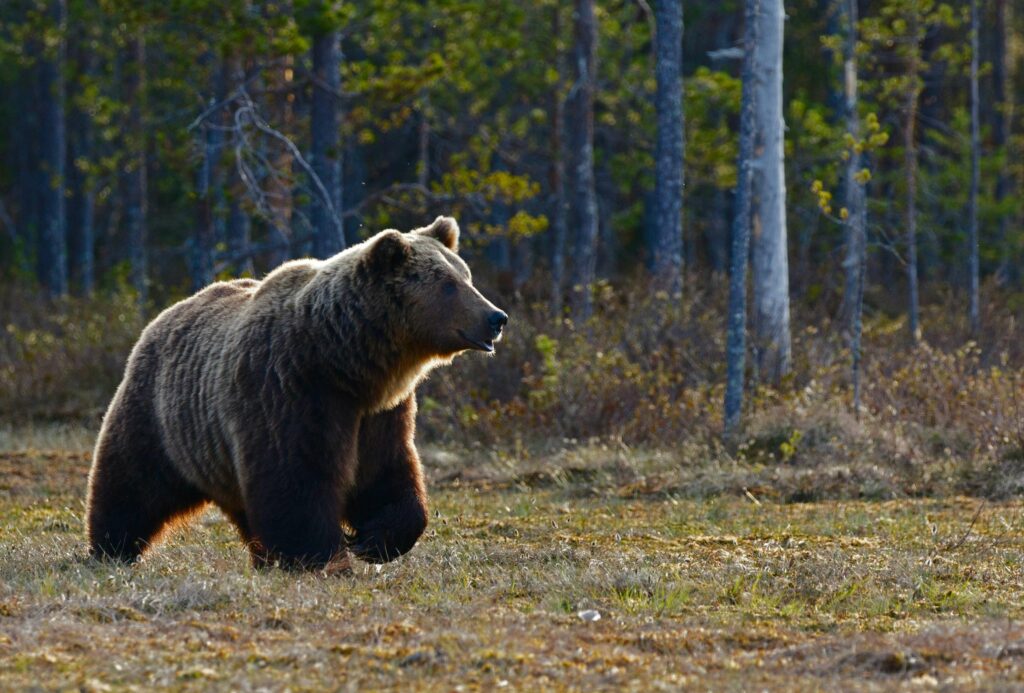
BEARS
Bear encounters are common in Canada and other areas of North America, and there have been several instances of mountain bikers being fatally mauled by them. The animals often react defensively when surprised – such as by a fast-moving rider – so be vigilant and slow down when approaching heavily-wooded areas or blind corners. Also, shout periodically, and avoid areas with rich sources of bear food, such as berry patches in late summer. Carry bear spray if you’re in an area known to be home to the creatures. Avoid riding alone, and at dawn or dusk.
STAYING SAFE IN BEAR COUNTRY
Follow this advice from Get Bear Smart should you encounter one
• Stop riding and assess the situation. If the bear hasn’t seen you, quietly go back the way you can.
• In situations where you have been seen, place your bike between you and the bear (this makes you look larger, in a non-threatening way).
• If a bear charges, in a defensive situation, it’s usually a bluff (especially if it’s a black bear). Hold your ground and don’t make direct eye contact. Do not run/pedal away, as this may trigger it to chase you.
• Don’t yell. Talk to the bear calmly and back away slowly.
• If the bear continues to approach, draw your bear spray and aim two or three bursts at the ground in front of the animal. Spray again if the bear continues to come towards you, aiming for the nose, mouth and eyes.
• Once the bear has retreated or resumed its normal behaviour (resting, feeding, travelling), get to an area of safety, such as a car or building, making sure not to move too quickly.